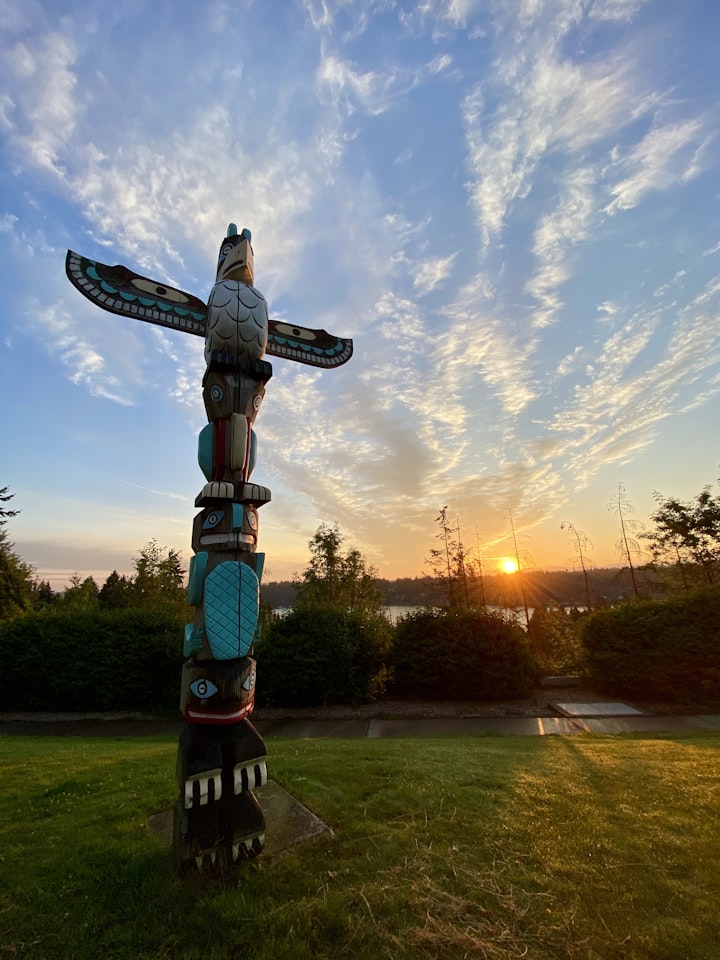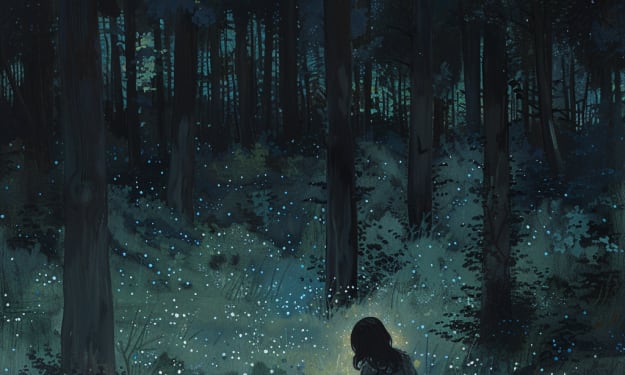
The rich diversity, spirituality, and enduring traditions that make up Indian culture are woven together in a beautiful tapestry. It is a symbol of the tenacity and vitality of its people and has roots that go back thousands of years. India's cultural landscape is as diverse as it is fascinating, spanning a wide geographic range from the majestic Himalayas to the sun-kissed coastlines of the Indian Ocean.
The Indian culture's unity in diversity is one of its most striking features. Languages, religions, cuisines, and art forms from all over the world coexist in India. Diversity is not just valued but also heavily woven into the fabric of daily life. India thrives on the mingling of various cultures, cultivating an environment of acceptance and coexistence, whether it is the numerous dialects spoken throughout the nation or the numerous ways in which people exhibit their beliefs.
In India, religion has a significant influence on culture. The great religions of Hinduism, Buddhism, Jainism, and Sikhism all originated in India. Hinduism is the most popular religion in the nation due to its extensive collection of gods and holy texts. With an emphasis on the cyclical aspect of life and the search for spiritual enlightenment, it accepts a wide range of beliefs and practices. Islam is widely practiced in India, having been introduced by Arab traders and later firmly established during the Mughal era, especially in the northern and western regions. The diversified religious landscape of India is influenced by other religious communities including the Christians, Sikhs, Buddhists, and Jains. There is a strong sense of respect and harmony among the adherents of different religions despite the disparities in their respective beliefs, festivals, and rituals.
Indian festivals are an essential component of the culture, uniting localities in celebration and introspection. One of the most frequently observed holidays in India is Diwali, also referred to as the Festival of Lights. It represents the triumph of good over evil and symbolizes the victory of light over darkness. On Diwali, families come together to exchange sweets and gifts while oil lamps illuminate homes and firecrackers light up the night sky. Holi, also known as the Festival of Colours, marks the beginning of spring and is widely observed. Water and colored powders are gleefully thrown toward one another, symbolizing the dissolution of social barriers and the spirit of unity. These festivals, among many others, serve as a platform for the vivacity and joie de vivre that characterises Indian culture.
Indian food is recognized for its flavors, spices, and regional delicacies throughout the world. Geographical, climatic, and historical factors have influenced the distinct culinary traditions found in each of India's states. Indian cuisine offers a wide variety of scrumptious meals, some of which include the fragrant biryanis of Hyderabad, the hot curries of Kerala, the delicious sweets of Bengal, and the delicious street food found in vibrant cities like Mumbai and Delhi. Spices like cardamom, cumin, turmeric, and chili are combined in an elaborate way to produce a symphony of flavors that tantalize the palate and leave a lasting impression.
India has seen centuries of thriving art and literature, which has profoundly shaped its national character. Traditional Indian dances like Bharatanatyam and Kathak are well known for their elegance, expressiveness, and dexterous footwork. These traditional dance styles captivate audiences with their beauty and dramatic force as they narrate mythological and folkloric tales. Indian music includes both classical and traditional traditions, and it is distinguished by its intricate melodies and rhythms. Among the instruments that have come to be associated with Indian classical music are the sitar, tabla, and sarod. Ancient epics like the Ramayana and Mahabharata, as well as the works of notable authors like Rabindranath Tagore and R.K. Narayan, exhibit the depth of philosophical thought and storytelling prowess. Literature has also significantly influenced Indian society.
Indian culture is not static; it is always changing and adapting to the needs of the times. Younger generations are establishing new routes in technology, entrepreneurship, and entertainment while maintaining a strong connection to their cultural roots. They accept both traditional values and modern influences. Bollywood, the name given to the Indian film industry, is well-known for its vibrant musicals and engrossing stories that blend traditional and contemporary elements.
Let's sum up by saying that Indian culture is a fascinating fabric that combines variety, spirituality, art, and tradition. It is a live, breathing creature that changes while firmly rooted in its age-old customs. The range of religious beliefs, the depth of festival celebrations, the mouthwatering flavors of food, and the expressive arts all add to the multifaceted beauty of Indian culture. It is a treasury of knowledge and heritage that invites the rest of the world to discover and savor the depth of this prehistoric civilization.
About the Creator
Rio sloth
Enjoy the life. Learn Everything. Read daily, improve your knowledge.






Comments
There are no comments for this story
Be the first to respond and start the conversation.